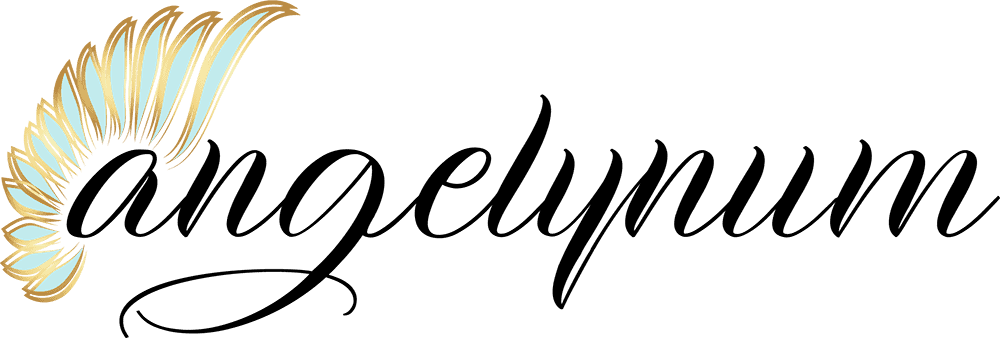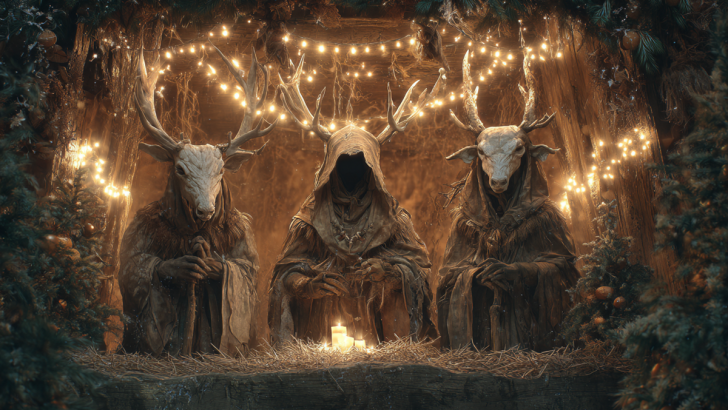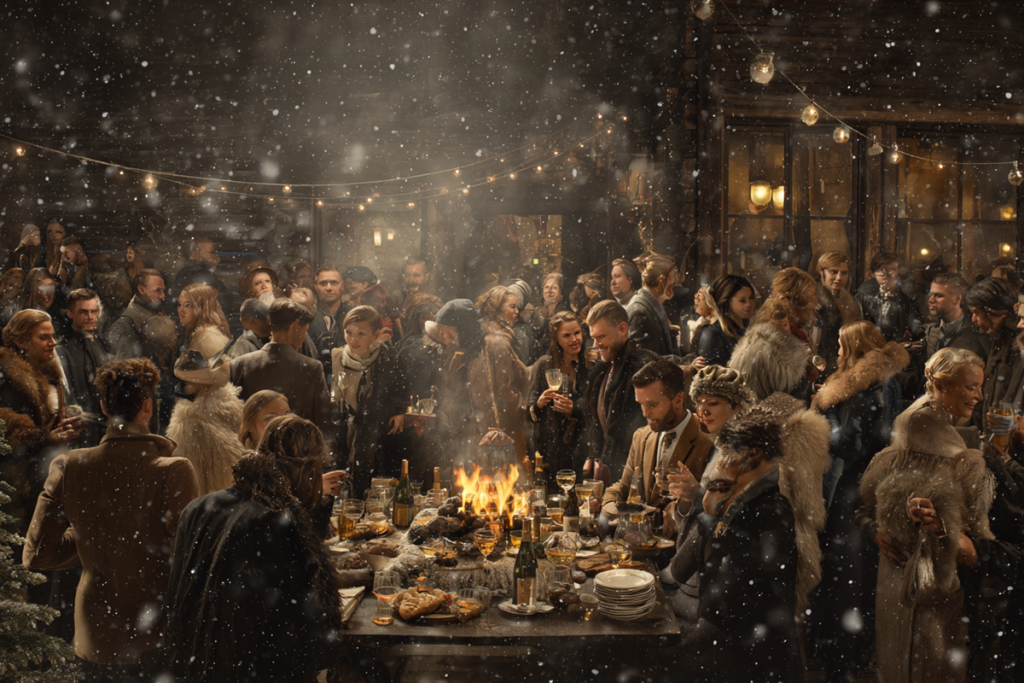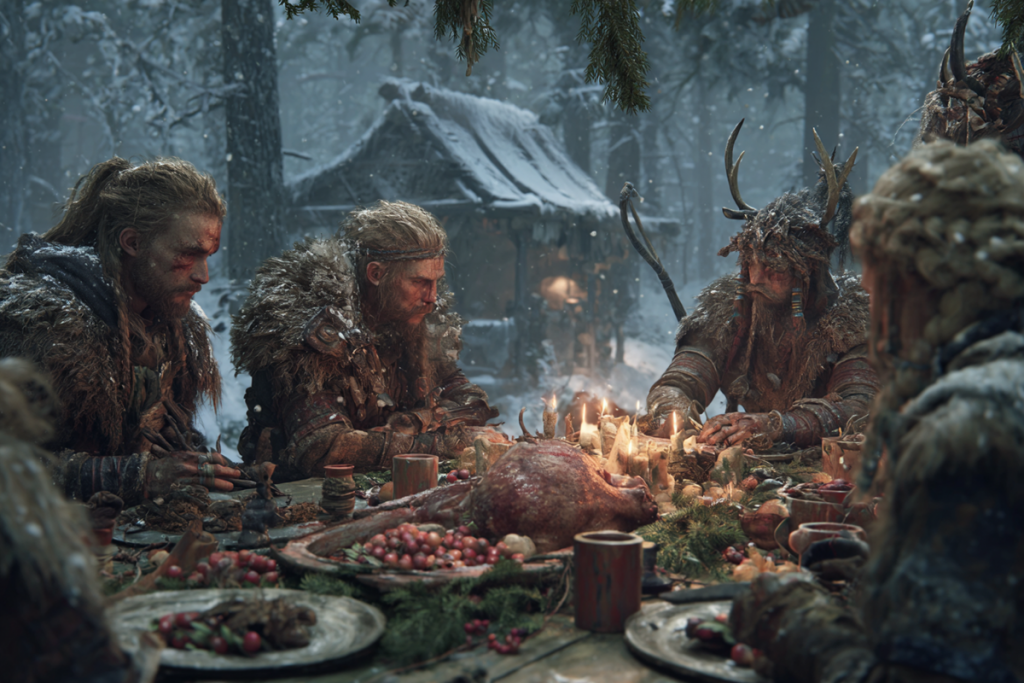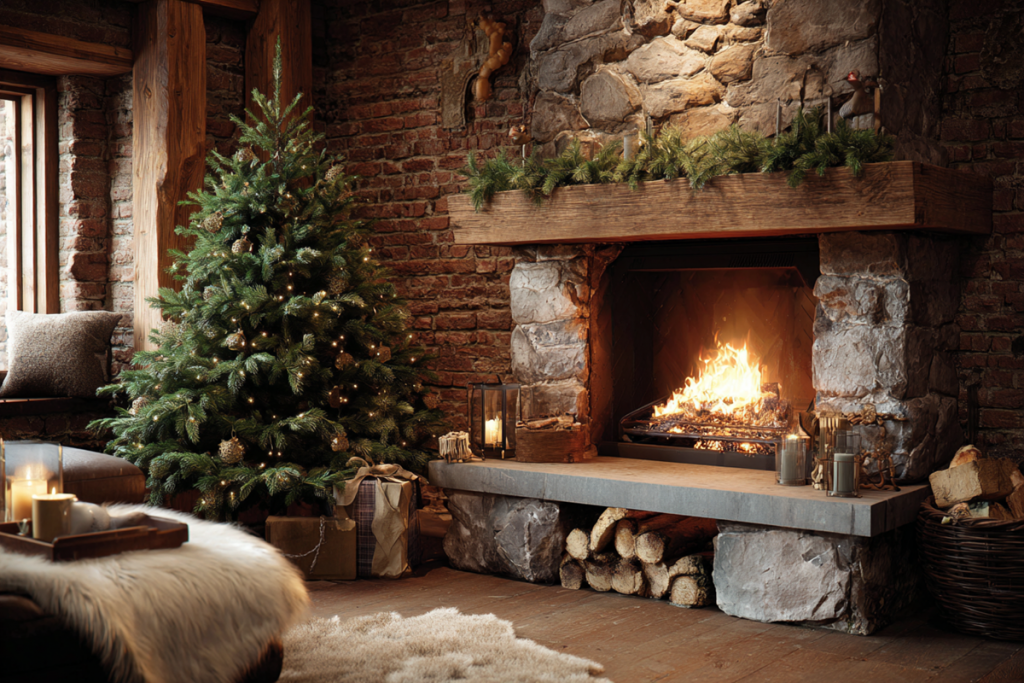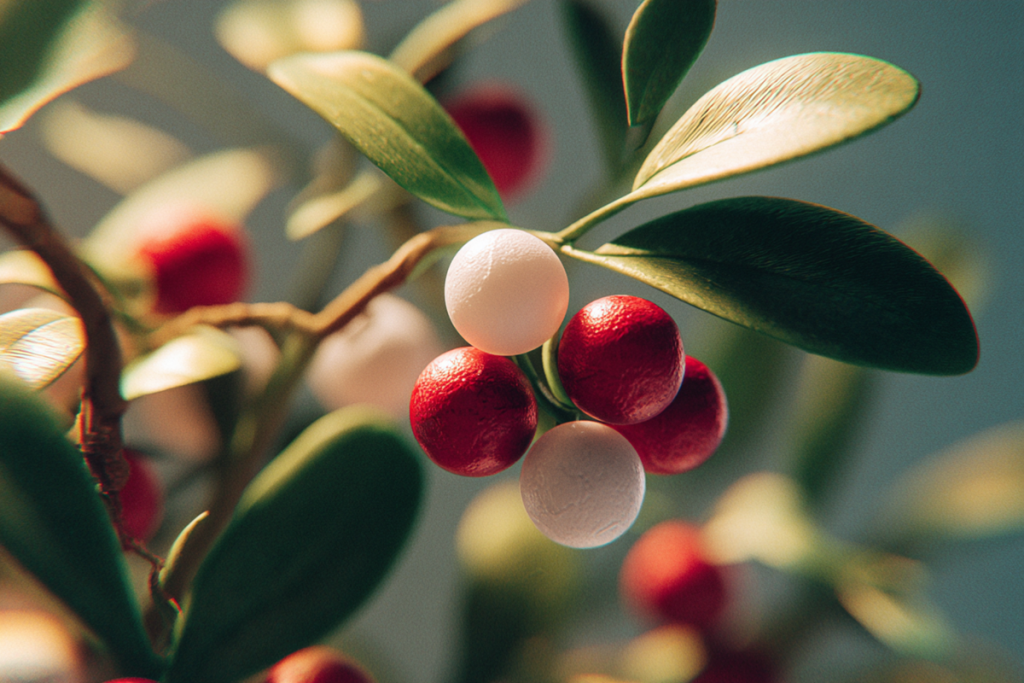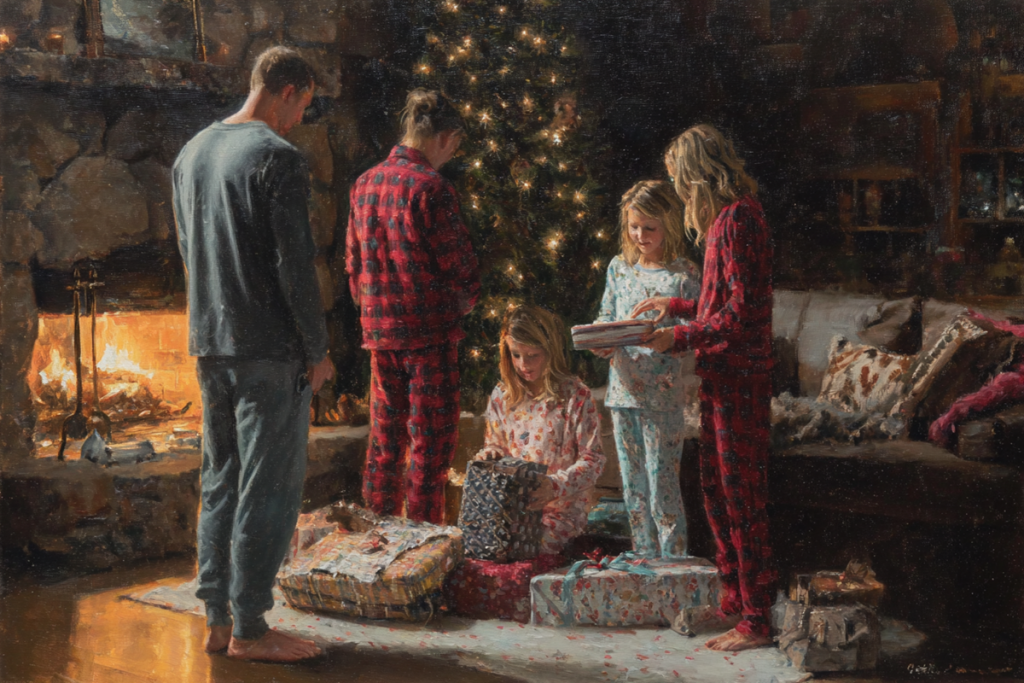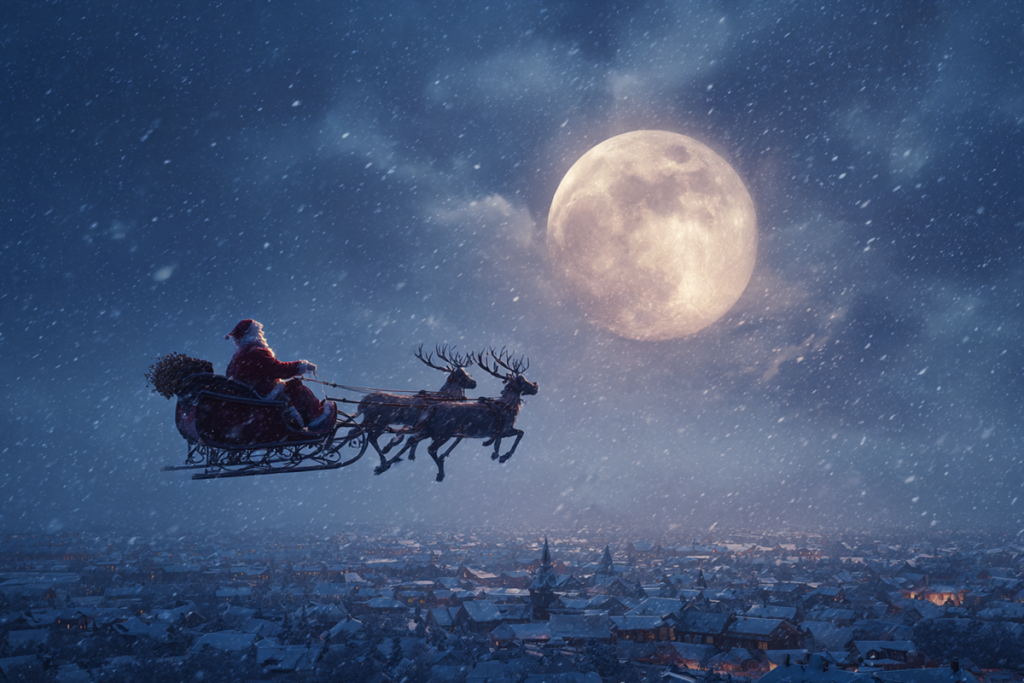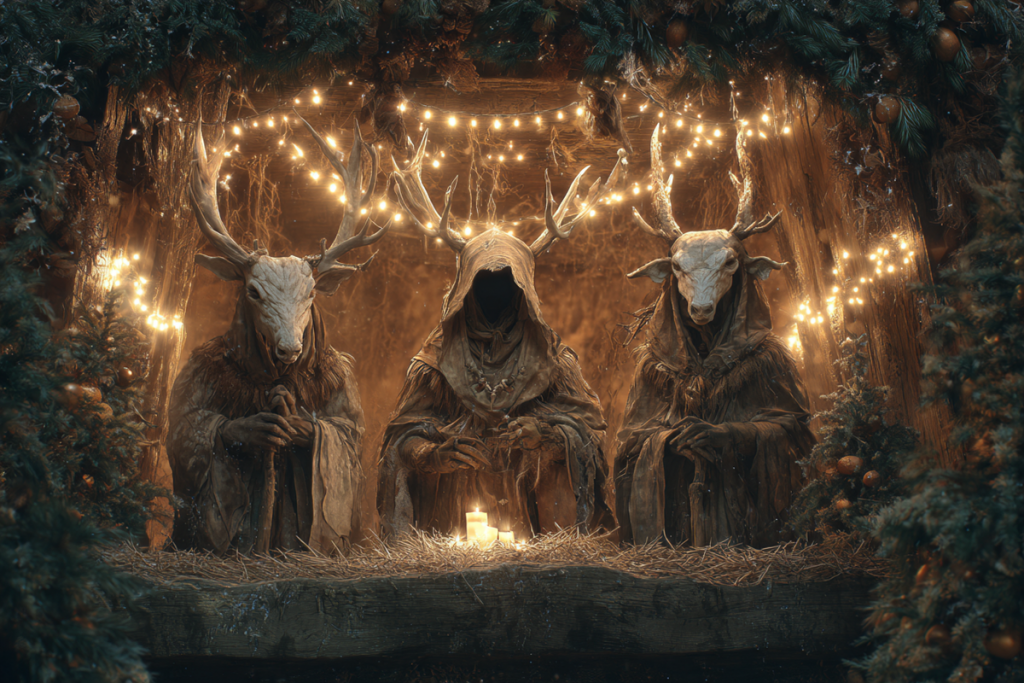If you’ve ever decorated a Christmas tree and thought, “This feels a little too magical to be strictly Christian,” congratulations — your intuition is correct and possibly clairvoyant.
Christmas, for all its cozy, glittery charm, is basically a remix album of ancient pagan traditions: repackaged, rebranded, and sprinkled with tinsel.
Let’s unwrap the very witchy roots of your favorite holiday rituals.
The Winter Solstice: The Original ‘Reason for the Season’
Long before anyone whispered the word “Christmas,” ancient Europeans were throwing huge parties around the Winter Solstice. The nights were long, the crops were dead, the vibes were questionable — so naturally, people decided to light fires, drink heavily, and celebrate the sun returning.
This wasn’t just about astronomy. It was about hope, magic, and making sure the sun didn’t ghost humanity entirely. Think of it as the world’s oldest “please come back” text.
Yule: The Nordic Fever Dream That Christmas Adopts Shamelessly
The Norse celebrated Yule, a 12-day festival full of feasting, toasting, bonfires, and general chaos. They’d burn massive Yule logs, hoping to summon luck and drive away evil spirits.
Today, we light a candle and call it ambiance. Progress?
The Yule log also symbolized warmth during the darkest part of the year. Modern version: scrolling online shopping carts under a weighted blanket.
Evergreen Trees: Not Just for Aesthetics, Actually Witchcraft-adjacent
The Christmas tree tradition? Pure pagan energy. Pagans brought evergreens indoors because they symbolized eternal life. In the dead of winter, everything else looked deceased — but pine trees? Serving resilience.
They believed evergreens protected the home from bad spirits and misfortune. So yes, that tree in your living room might technically be a protective amulet wearing fairy lights.
Also, the ornaments? Originally meant to honor nature spirits. The glittery disco-ball baubles are a modern reinvention of “please don’t curse my crops.”
Mistletoe: The Plant With Scandalous Vibes
Mistletoe was sacred to Druids and associated with fertility, peace, and powerful magic. Couples kissing under it in modern times are unknowingly reenacting an ancient ritual that basically said, “Let’s bless our union and maybe also manifest a good harvest.”
It was also believed to bring protection and ward off evil. Today, we use it mostly to engineer awkward holiday romance scenes, but the vibes remain potent.
Gift-Giving: A Pagan Tradition Before It Became a Capitalist Marathon
Saturnalia — the Roman solstice party — was basically Christmas with more chaos. People exchanged gifts, hosted feasts, and temporarily flipped social roles (slaves could scold masters; masters pretended to laugh).
Gift-giving became a joyful tradition meant to honor generosity and abundance. Now we do it to show affection and also because not participating feels socially illegal.
Santa Claus: Part Saint, Part Norse God, Part Winter Cryptid
Modern Santa owes a dramatic amount to Odin, the Norse god who rode an eight-legged horse through the sky during Yule, leaving gifts (and sometimes curses; it was a mixed-bag time). Children would leave boots filled with treats for Odin’s horse — sound familiar?
Later, Christian traditions layered Saint Nicholas on top of Odin, and modern culture added red velvet, cookies, and corporate branding. But the roots? Absolutely pagan, slightly spooky, deeply magical.
Holiday Feasting: The Pagan Way of Saying “We Survived”
Winter was historically brutal — cold, scarce, and a tad depressing. The solstice was a community-wide coping mechanism: gather, feast, drink, tell stories, and hope everyone made it to spring.
That instinct remains. What is a holiday dinner if not a ritual celebration of survival, chaos, and your cousin’s questionable contribution to the meal?
So… Is Christmas Pagan?
Kind of. Sort of. Basically, yes — with a Christian narrative layered over the top like powdered sugar on a very ancient, very witchy cake.
Christmas is a hybrid holiday: part solstice ritual, part folklore, part religious tradition, part consumerist Olympics.
But its essence — light in darkness, warmth in cold, community in tough times — is deeply human and deeply ancient.
Lover of good music, reading, astrology and making memories with friends and spreading positive vibes! 🎶✨I aim to inspire others to find meaning and purpose through a deeper understanding of the universe’s energies.
